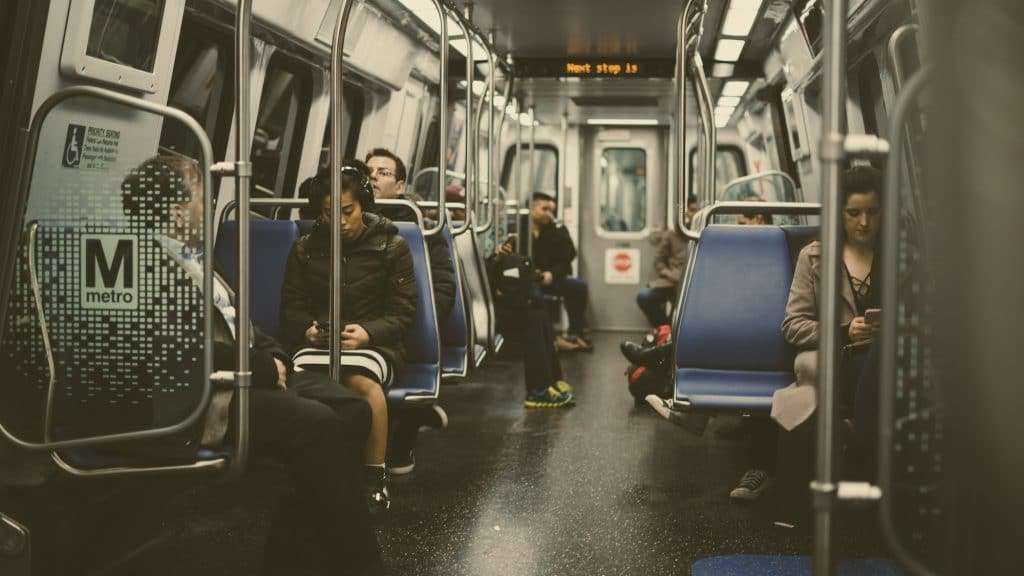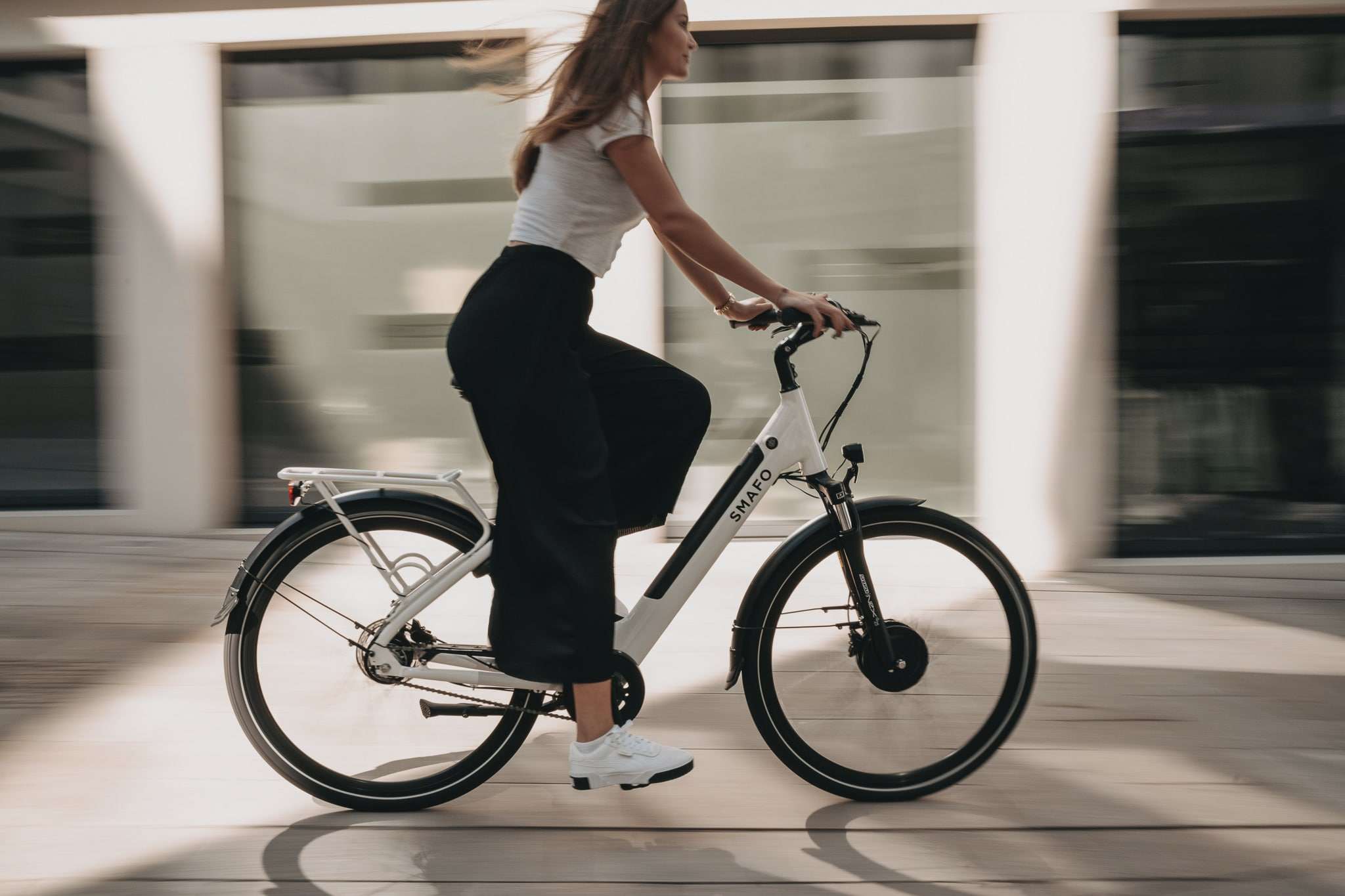Learn how to save money and reduce your environmental impact with these cost-saving and sustainable daily commute options that shouldn’t take you more than one hour.
Gas prices remain high. But it may be a blessing in disguise. Whether you take the bus, train, or drive to work, there are ways your daily commute can save money, improve your health, and connect with your community. And when both your wallet and your planet benefit, what have you got to lose?
Sustainable ways to commute
Looking to make your commute even more sustainable? These other ways to commute leave the car in the garage and may make your commute a more meaningful experience, too.

1. Carpooling With Colleagues Or Friends
If you drive to work, carpooling is a great way to save money on gas and parking. See if any of your colleagues or friends live near you and would be interested in sharing the ride. Not only will you save money, but you’ll also get to know your co-workers or friends better. It’s a valuable resocializing skill post-pandemic, too.
Carpooling isn’t just for people who drive to work, though. If you take the bus or train, see if any of your friends or co-workers want to join you for the ride. You can chat and catch up on each other’s lives while saving money on transportation costs.
You can even carpool with people who don’t work with you but work near your office or business. Check with local businesses, friends, or even posting on apps like Next Door can help you find parties interested in ride-sharing.

2. Public transportation
If you work for a company that offers transportation benefits, be sure to take advantage of them. Many companies offer their employees discounts on public transportation costs. Ask your human resources department if your company offers any such benefits.
You may also be able to get discounts on your commute if you’re a student or senior citizen. Again, it never hurts to ask.
Even if you don’t qualify for any discounts, there are still ways to save money on your commute. For example, many public transit systems offer passes that allow you to ride for a certain number of days or weeks at a discounted rate. If you know you’ll be using public transit frequently; it may be worth it to invest in one of these passes.

3. Electric Bicycles Or Scooters
If you live near your workplace, consider ditching the bus or train and riding an electric bicycle or scooter instead. Motorcycles work, too. These modes of transportation are becoming increasingly popular—and for a good reason. They’re environmentally friendly, fun to ride, and can help you get some exercise. Best of all, they’re often much cheaper than public transit or driving.
Of course, electric bicycles and scooters aren’t right for everyone. If you have a long commute or live in an area with bad weather, they may not be practical. But if you have a short commute and the weather cooperates, you should consider looking at electric bikes, too.

4. Biking
Electric scooters and bicycles are great for commuting quickly, but a good old-fashioned human-powered bicycle keeps you fit and reduces your gas use, too.
More than half of commuters live within ten miles of their workplace. Depending on terrain and temperature, a ten-mile bike ride can take about 45 minutes, which can be less than it takes to sit in rush hour traffic for the same distance.
And if the commute both ways are too daunting, some buses offer racks for bikes. Or, you can leave it at the office and ride it home the next day.

5. Walking
Did you know walking daily is linked to better health and a longer lifespan? It is also a great way to save money, too. Of course, it’s not always practical. If you live far from your workplace, walking probably isn’t realistic. But if you live close by, consider giving it a try.
A two-mile walk will take about 45 minutes to an hour. It’s also a great way to wake yourself up before the workday or shake it all off before you get home. Even if you can’t walk the whole way, walking part of the way can still save you money and help you get some exercise. This can be especially beneficial if you currently pay to park. Why not look for free parking 15-20 minutes away?
Related on Ethos:


